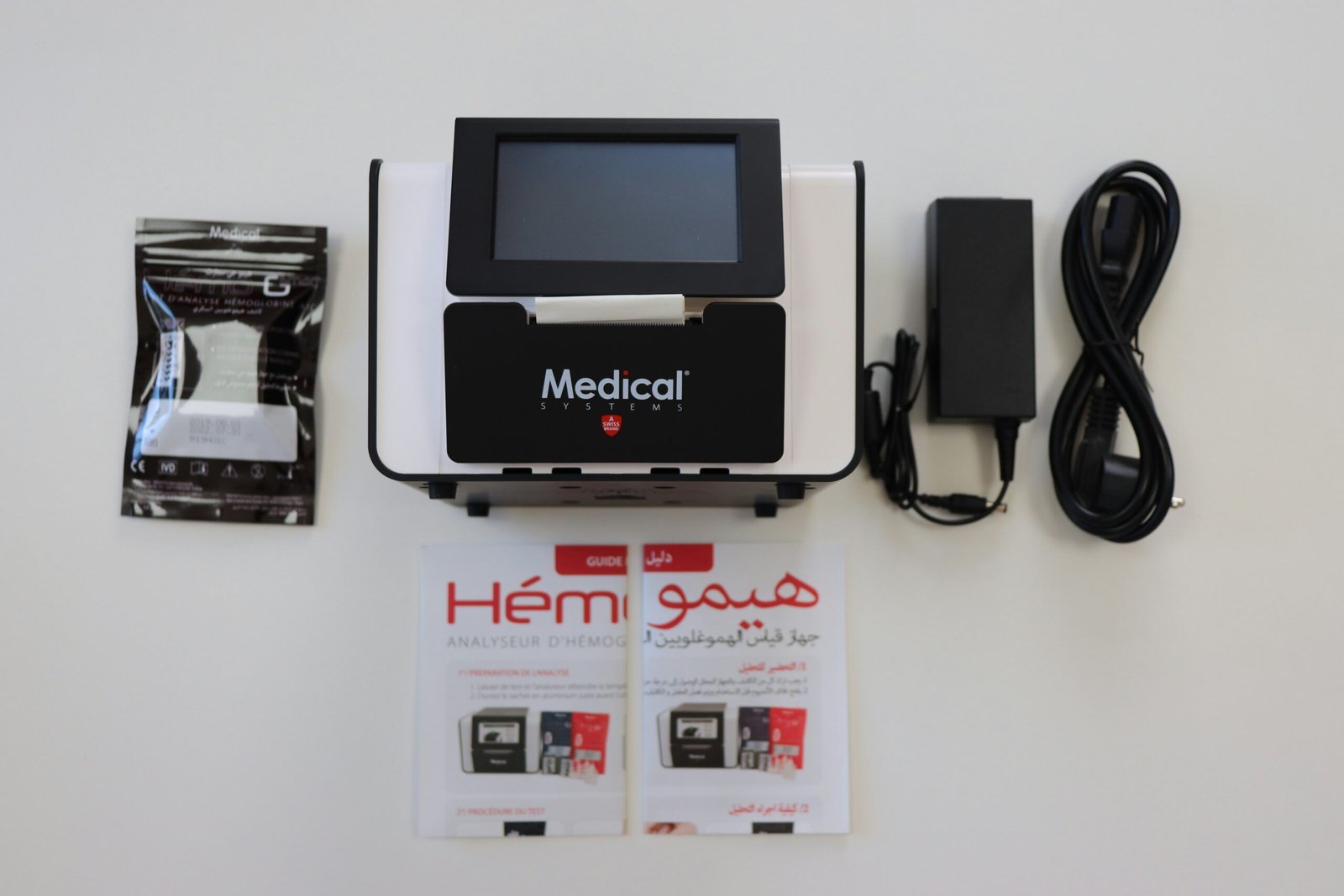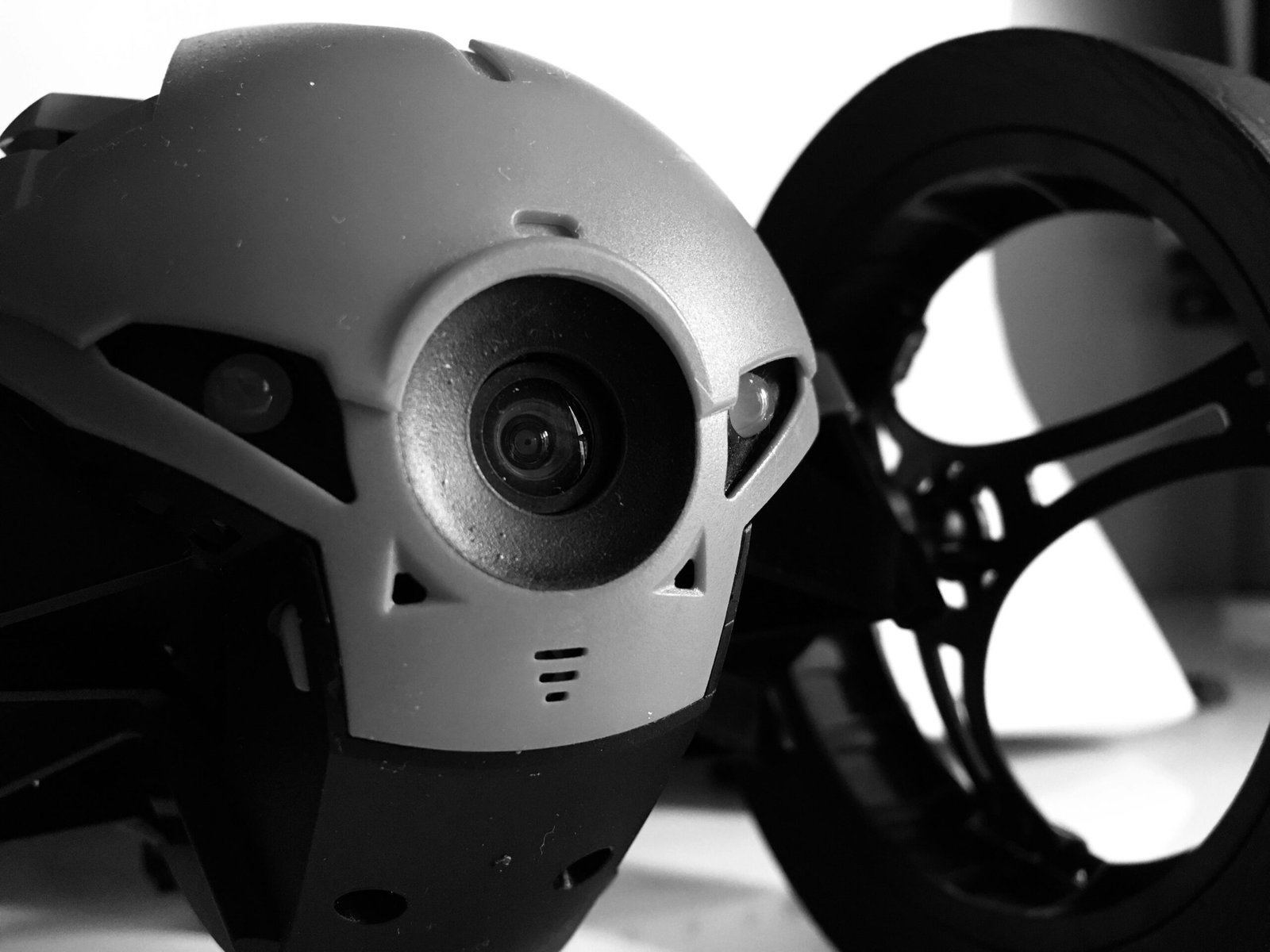Introduction to the Global Medical Device Market
The global medical device market has emerged as a vital component of the healthcare industry, characterized by significant growth and innovation. As of recent estimates, the market is valued at several hundred billion dollars and is projected to witness a compound annual growth rate (CAGR) that reflects an increasing demand for medical devices across diverse populations. This expansion can be attributed to a variety of factors, including an aging population, increasing prevalence of chronic diseases, and advancements in technology that enhance patient care.
Technological advancements play a crucial role in the evolution of the medical device sector. Innovations in areas such as imaging technology, robotics, and wearable medical devices have transformed diagnostic and therapeutic approaches, improving outcomes for patients. Furthermore, the integration of artificial intelligence and machine learning into medical equipment has opened new avenues for personalized healthcare, thereby driving market growth. Regulatory changes also significantly impact the landscape of the medical device market. The implementation of stringent guidelines ensures the safety and efficacy of devices, fostering public confidence and encouraging investment in research and development.
The importance of the medical device sector extends beyond mere financial statistics; it is pivotal in enhancing the overall efficiency of healthcare systems. Devices such as pacemakers, diagnostic machines, and surgical instruments not only improve patient outcomes but also contribute to cost-effective healthcare solutions. As stakeholders in the medical field adapt to changing consumer needs and regulatory environments, the market is positioned for sustained growth. In conclusion, the global medical device market plays a critical role in the advancement of healthcare, influenced by technological innovation and legislative frameworks, ultimately benefiting patients worldwide.
Key Trends Influencing the Market
The global medical device market is currently experiencing transformative changes driven by several key trends. One of the most significant developments is the integration of artificial intelligence (AI) and the Internet of Things (IoT) within medical devices. This technological convergence has enabled enhanced diagnostics, real-time patient monitoring, and improved decision-making processes for healthcare providers. AI algorithms can analyze vast amounts of data from medical devices, leading to more accurate diagnoses and personalized treatment plans. IoT devices facilitate seamless data sharing between patients and healthcare professionals, optimizing patient engagement and health outcomes.
Another crucial trend is the escalating demand for home healthcare solutions. As the healthcare landscape evolves, there is a growing preference for receiving care in the comfort of one’s home rather than in traditional clinical settings. This shift is attributed to various factors, including an increase in chronic diseases, a desire for personalized care, and advancements in medical technology that allow remote monitoring and telehealth services. Consequently, manufacturers are responding by developing innovative devices that cater to home healthcare needs, such as portable diagnostic tools and wearable health trackers.
The impact of an aging population also plays a fundamental role in shaping the medical device market. With an increase in life expectancy globally, there is a corresponding rise in age-related health conditions that necessitate advanced medical devices. Older adults often require more frequent and specialized care, driving the demand for devices that facilitate mobility, monitoring, and chronic disease management. This demographic shift not only influences market demand but also guides manufacturers toward designing more user-friendly devices that address the specific needs of elderly patients.
Moreover, consumer preferences are increasingly dictating innovations within the medical device industry. As patients become more informed and proactive about their health, they seek devices that offer user-centric features, enhanced usability, and advanced functionalities. This growing expectation encourages companies to prioritize design and effectiveness to remain competitive in the market.
Challenges Facing the Medical Device Industry
The global medical device market is currently navigating a complex landscape characterized by several significant challenges. Among these, supply chain disruptions have emerged as a prominent issue, exacerbated by various global crises such as the COVID-19 pandemic and geopolitical tensions. These disruptions can lead to delays in production, increased costs, and difficulties in sourcing essential components, ultimately affecting the availability of medical devices. Manufacturers must develop more resilient supply chains, focusing on diversifying suppliers and adopting technology to enhance transparency and efficiency.
Another critical challenge involves stringent regulatory requirements that vary widely across different regions. Regulatory bodies such as the U.S. Food and Drug Administration (FDA) and the European Medicines Agency (EMA) impose rigorous standards to ensure patient safety. While these regulations are essential for maintaining high-quality standards, they can pose barriers to market entry and increase time-to-market for new devices. Manufacturers need to familiarize themselves with the specific regulatory frameworks applicable to their products and invest in compliance strategies that facilitate faster approvals without compromising safety.
Furthermore, as medical devices become increasingly connected and reliant on software, the need for robust cybersecurity measures has never been more important. The integration of the Internet of Things (IoT) in healthcare introduces vulnerabilities that can be exploited by cybercriminals, potentially jeopardizing patient safety and privacy. Manufacturers and healthcare providers must prioritize cybersecurity by implementing risk assessment protocols, investing in secure software development practices, and maintaining ongoing vigilance against emerging threats.
In light of these challenges, manufacturers and healthcare providers can explore various strategies to mitigate risks. Collaboration with regulators can foster better understanding and faster adaptation to changing requirements. Additionally, investing in supply chain technology and prioritizing cybersecurity can help ensure resilience in the ever-evolving medical device landscape.
Future Outlook of the Medical Device Market
The medical device market is on the brink of significant transformation, driven by technological advancements, evolving healthcare needs, and increasing investment in research and development (R&D). As we look to the future, several trends are poised to reshape the landscape of medical devices, offering innovative solutions that enhance patient care and improve health outcomes. One of the primary growth areas in this sector is the integration of artificial intelligence (AI) and machine learning into medical devices. These technologies facilitate the development of smarter devices capable of providing real-time data analysis, predictive insights, and personalized treatment options for patients.
Emerging market players are also expected to have a substantial impact on the medical device industry. Startups and tech companies are increasingly entering the market, contributing disruptive innovations that challenge traditional methods of healthcare delivery. This influx of new competitors fosters a dynamic environment that promotes collaboration and accelerates progress in device development. As these new players specialize in niche markets, they can address specific healthcare challenges, thus diversifying the medical device portfolio available to providers.
Furthermore, the global focus on preventive care is likely to amplify investments in R&D. With a growing emphasis on early detection and preventive measures, medical devices designed for ambulatory care, home monitoring, and wearable technologies are becoming more prevalent. These advancements not only cater to patient preferences for convenience and accessibility but also align with a broader trend towards value-based healthcare, where enhancing patient outcomes and cost efficiency are paramount.
In conclusion, the future of the medical device market is promising, characterized by technological advancements, the rise of innovative newcomers, and a robust commitment to research and development. As these factors converge, we can expect a medical landscape that is more efficient and responsive to the needs of patients worldwide, ultimately fostering a healthier global community.









